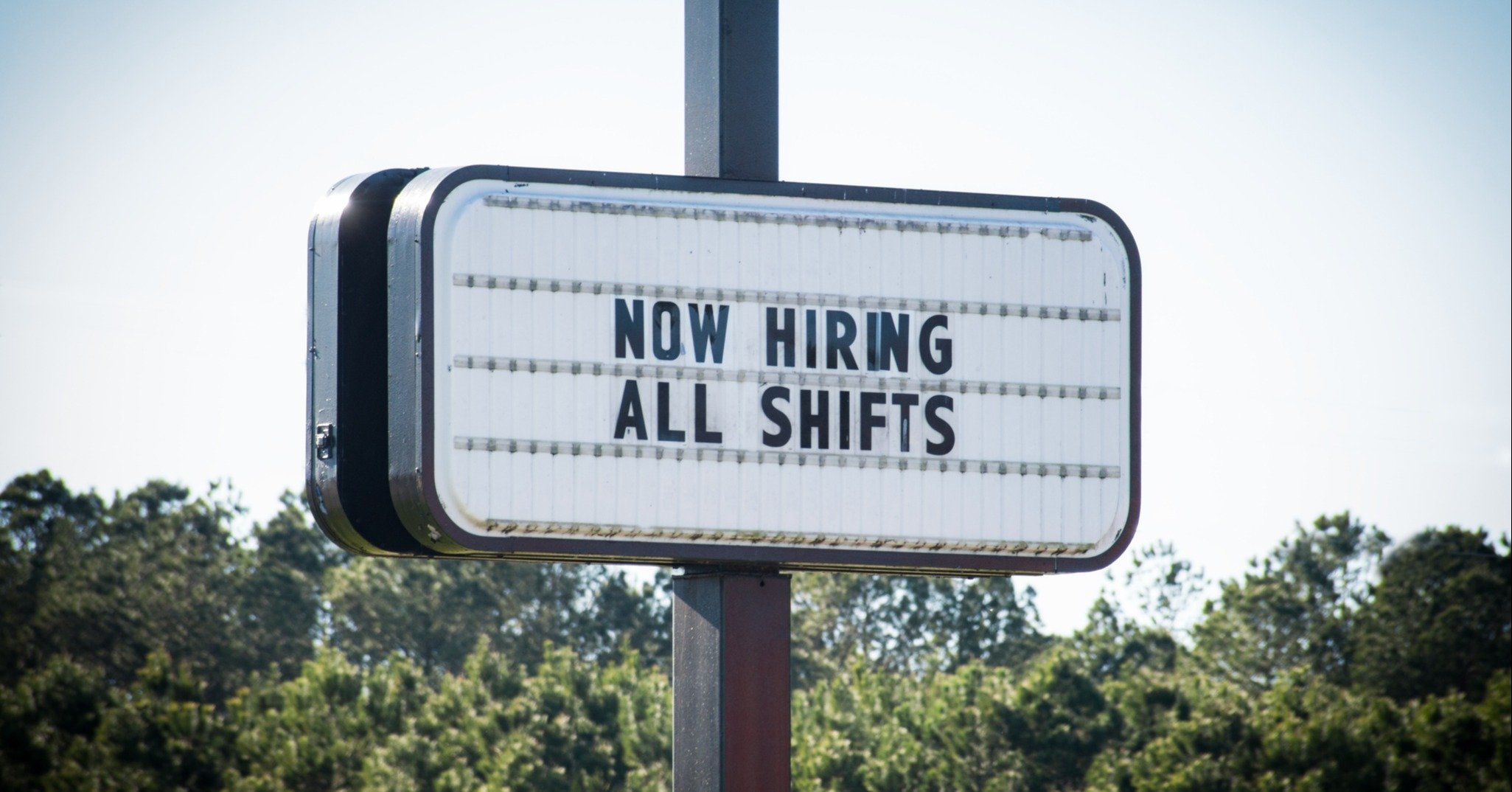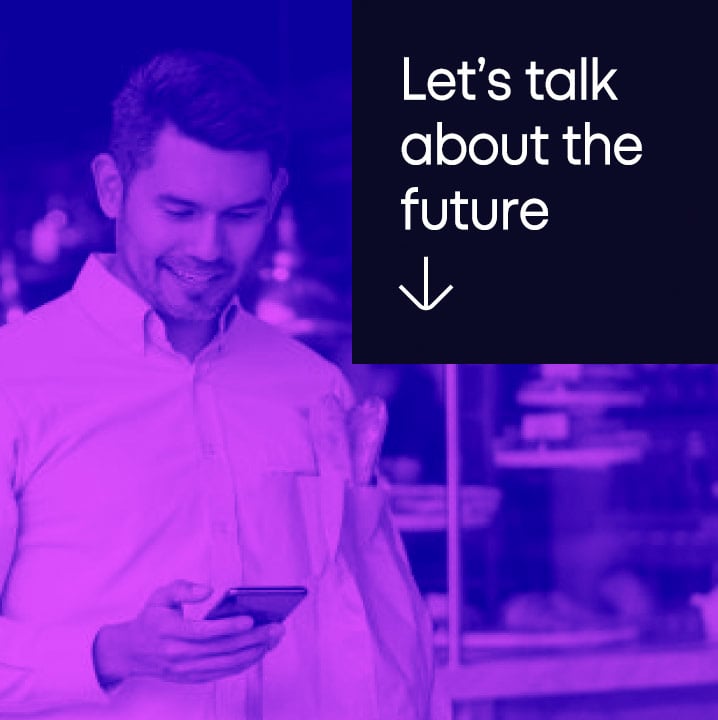Right now the economic outlook in the US looks uncertain. Mortgage rates are at their highest levels since 2002, consumer spending is reported to be falling and the Federal Reserve is fighting inflation with higher interest rates. But for all the headlines about an economic downturn and the rising cost of living, levels of unemployment are still at historic lows, which is creating a big headache for retailers.
The US job market is steady and November saw 263,000 jobs added — according to the Bureau of Labor Statistics. The unemployment rate in November was 3.7%, near a five-decade low. Demand for workers remains really strong and there are currently nearly two jobs for every unemployed American.
That means that the labor problems in the retail sector and service industries are set to continue. Retailers are finding it hard (some say, impossible) to recruit for hourly-paid roles and many say that their growth in the last 12 months has been affected by their ability to find enough employees.
Is Artificial Intelligence The Answer to the Labor Shortage?
This is where Zippin comes in. Our solution involves investing in a workforce that is not labor intensive but one built on automation and technology instead. This is exactly the recent message from technology research company Forrester Research, in its corporate technology budgeting and planning advice for 2023. It recommends that companies increase spending on artificial intelligence technologies that “improve customer experience and reduce costs”.
Partly this is to help retailers and other service industries to establish why they are more attractive and lucrative for high-demand workers. And it also allows retailers to fulfill evolving employment expectations. Technology is one way to infuse flexibility and purpose to attract and retain employees.
Chris Gardner, Forrester’s vice president and research director, says that adding technologies like AI can increase time-and-labor savings: “Especially in a time of financial uncertainty, making an argument for operational efficiency is never a bad call.”
Checkout-free Technology frees up shop staff to do more
Checkout-free technology such as Zippin’s delivers less friction and greater productivity without having to augment the labor force. In fact it frees up shop staff to do more human-centric roles.
Typically cashiers are pinned to a chair for eight hours, scanning barcodes. That work can now be done by ambient intelligence. The worker can stand at the front of the store, they can greet people, they can walk around, they can help people discover new products, and they can have human interactions. When you remove friction, you create space for connection.
Zippin’s AI-powered ambient intelligence analyzes every customer’s actions. When the customer exits the store, Zippin’s system automatically tallies what they picked up, and charges the card or payment method they used to enter.
During and after the pandemic, for reasons of security or safety and job satisfaction, there were jobs that people realized they no longer wanted. In retail, many workers decided they did not want to do the mundane work and technologies like Zippin’s stepped in, without major disruption. What’s more, many of those workers retrained, recent figures showed.
It’s another example of ambient intelligence actually helping us do the jobs that nobody else wants to do.




